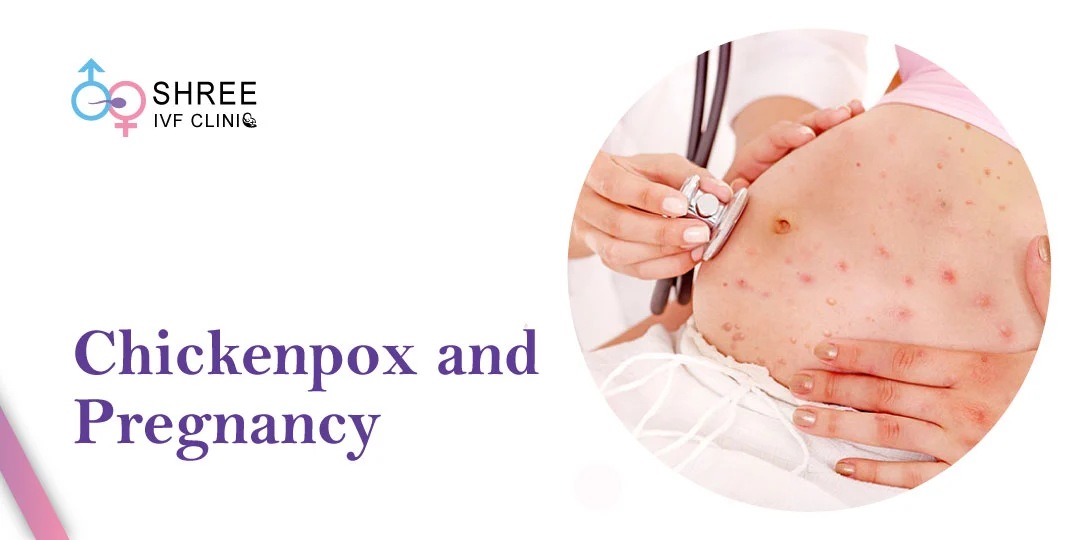Endometrium Thickness and Its Impact on Pregnancy
UPDATED ON 10TH MAR. 2025
Endometriosis is like a garden that grows in the wrong place. Normally, the uterus has a special lining called the endometrium, which is like a soft, cozy bed where a baby can grow. Every month, this lining gets thicker, preparing to welcome a fertilized egg.
If the egg doesn’t come, the lining sheds away as a period. But in endometriosis, pieces of this lining grow outside the uterus, like weeds growing in a flower garden, causing problems.
One of the key concerns for women with endometriosis is endometrial thickness and how it affects their ability to become pregnant. Let’s break it down step by step, using simple examples.

AUTHOR
Dr Jay Mehta
Scientific Director & IVF Specialist with 10+ years of experience
CONDITION
GET IN TOUCH ON
What is Endometrial Thickness?
Imagine the inside of your uterus as a notebook. The pages of this notebook represent the endometrial lining. For a successful pregnancy, this notebook needs to have the right number of pages—neither too thin nor too thick.
- Thin lining: It’s like trying to write on a piece of tissue paper. It’s too delicate to support a growing baby.
- Thick lining: It’s like a book with too many pages, making it hard for the egg to settle down comfortably.
The ideal thickness for pregnancy is between 8mm to 14mm during the middle of your menstrual cycle (around ovulation). Anything outside this range might cause issues.
How Endometriosis Affects the Lining?
In women with endometriosis, the problem is twofold:
- Scar Tissue and Inflammation: Think of scar tissue as sticky glue. It can form inside or around the uterus, making it hard for the lining to grow properly.
- Hormonal Imbalances: Endometriosis can disturb the hormones that control the growth of the uterine lining, leading to irregular thickness.
Why Thickness Matters for Pregnancy?
The endometrial lining is like a cushion where the fertilized egg sits and grows into a baby. If the cushion is:
- Too thin: The egg might bounce off, unable to stick properly.
- Too thick: It can be too crowded or uneven, making it hard for the egg to nestle in.
How to Measure Endometrial Thickness?
Doctors use a test called an ultrasound to measure the thickness of the lining. It’s similar to how a tailor measures cloth to ensure it’s just right for sewing a dress.
Can Women with Endometriosis Get Pregnant?
Yes! While endometriosis can make things a bit tricky, many women with this condition go on to have healthy pregnancies. Think of it as fixing a bumpy road so the car (fertilized egg) can drive smoothly to its destination (uterus).
✨ “Your journey to motherhood shouldn’t be blocked by endometriosis. Dr. Jay Mehta, an excisional endometriosis surgeon in India, offers expert care to manage symptoms and enhance fertility. Take the first step—schedule your personalized plan today!”
Treatment Options for Ideal Thickness
- Medications: Hormones like estrogen and progesterone are like fertilizers that help the lining grow properly.
- Example: Birth control pills can regulate your hormones, preventing the weeds (endometriosis) from taking over the garden.
- Surgery: If scar tissue is causing problems, doctors might perform surgery to remove it. This is like weeding a garden to give the flowers space to bloom.
- Fertility Treatments: For women struggling to conceive, treatments like IVF (in vitro fertilization) can help. In IVF, the doctor ensures the lining is perfect before placing the fertilized egg in the uterus.
Lifestyle Tips to Support a Healthy Uterine Lining
- Balanced Diet: Foods rich in iron, omega-3 fatty acids, and antioxidants help the lining grow healthy.
- Example: spinach is like a nutrient-packed green smoothie for your uterus.
- Stress Management: Chronic stress can disrupt hormones. Think of stress as rocks blocking a river—it prevents the water (hormones) from flowing freely.
- Exercise: Light exercise, like yoga or walking, can improve blood flow to the uterus. It’s like watering a plant to help it grow.

4,790+
379K+
Understanding Endometriosis and Pregnancy with a Simple Analogy
Imagine you’re trying to grow a flower in a pot (representing your uterus). For the flower to bloom:
- The soil (endometrial lining) must have the right texture and nutrients.
- There shouldn’t be weeds (endometriosis) stealing the nutrients.
- The environment (hormones) should be just right—not too hot or cold.
With the right care, even a pot with challenges can grow a beautiful flower. Similarly, with proper treatment and support, many women with endometriosis achieve their dream of becoming mothers.
Takeaway
Endometrial thickness is a crucial piece of the puzzle for pregnancy, especially for women with endometriosis. It’s like preparing a cozy, well-made bed for a baby to grow. With the right medical care, healthy habits, and a positive mindset, you can overcome these challenges and move closer to your dream of parenthood.
If you’re struggling with endometriosis or have concerns about pregnancy, consult a gynecologist who can guide you through the best treatment options tailored to your needs. Remember, every journey is unique, and support is always available.
AUTHOR
Dr Jay Mehta
Scientific Director & IVF Specialist with 10+ years of experience
CONDITION
CALL US 24/7 FOR ANY HELP
GET IN TOUCH ON
Share Article on
Recommended Reading
Drinking in Early Pregnancy Without Knowing
Early pregnancy alcohol consumption raises risks of miscarriage and Fetal Alcohol Spectrum Disorders (FASD), affecting the baby’s health and development
Is Chickenpox Dangerous in Pregnancy?
Chickenpox in pregnancy is risky for the unvaccinated, yet if you’ve had it previously, your strong immune defenses protect both you and your baby
How Common Is Recurrent Miscarriage?
Recurrent miscarriage is not as common as a single miscarriage but still impacts many families. About 1% to 2% of women experience multiple miscarriages




